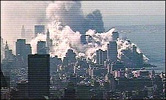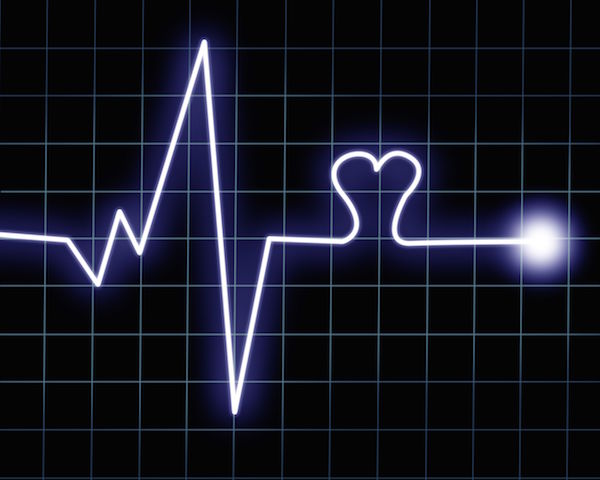
WEDNESDAY, Feb. 10 (HealthDay News) — Nearly 10 years after the 9/11 attacks, residents and workers exposed to dust and fumes at the World Trade Center site appear prone to persistent, sometimes severe headaches, new research suggests.
“The finding is preliminary,” stressed study author Dr. Sara C. Crystal, an instructor in neurology at the New York University School of Medicine in New York City. “We definitely want to study this more. But it’s important that we identify this as a problem so we can further explore and help guide treatment.”
Crystal is slated to present her research — the first to look into long-term headache incidence after 9/11 — this April in Toronto at the annual meeting of the American Academy of Neurology.
Early indications are that headaches seem to be “very common in World Trade Center populations, along with other physical symptoms, such as gastrointestinal complaints, pulmonary issues and sinus diseases,” she said.
Dr. Joan Reibman, who is medical director of the World Trade Center Environmental Health Center at Bellevue Hospital Center in New York City and directs the NYU/Bellevue Asthma Center, noted that the finding focuses on people who live and work in the World Trace Center (WTC) area, rather than on the rescue professionals who poured in on a temporary basis just after the attack. Reibman was not involved in the study.
In a 2009 presentation before a U.S. House of Representatives subcommittee on health, Reibman said that the number of people potentially exposed to airborne toxins at the WTC site is considerable, given that the lower Manhattan area of New York City is home to approximately 60,000 people. In addition, nearly 15,000 children attend school in the vicinity, along with a substantial number of university and college students.
Additionally, more than 300,000 men and women were working or heading to work in the WTC area on the morning of Sept. 11, 2001. A significant number of them were directly exposed to the dust cloud that resulted from the collapse of the WTC buildings, Reibman said. Weeks later pollutants were still in evidence, and some parts of the buildings continued to burn until December, she said.
Crystal’s analysis honed in on the possibility that headaches might be one more health byproduct of 9/11 exposures. She said many people who had come in with respiratory woes were also complaining of headaches.
Investigating further, Crystal interviewed 765 people who had experienced some degree of exposure to 9/11 dust and fumes. All were enrolled at Bellevue’s WTC Environmental Health Center as of December 2008. They were asked to note the specific nature of their WTC disaster exposure and to catalogue their incidence of headache or other medical issues.
From this group, 43 percent said they had suffered from headaches in the four weeks before seeking care at the center. None reported having had routine headaches before 9/11.
Those who had headaches were also found to be more likely to experience wheezing, breathlessness when exercising, nasal drip or sinus congestion and reflux disease. Headache incidence also appeared to be slightly more common among the nearly 55 percent of people directly exposed to the initial WTC dust cloud, suggesting that the larger the exposure, the larger the risk for headaches. There were no differences by gender.
Both Crystal and Reibman stressed that more research is needed, but they also said they believed the findings could point to chronic headache as yet another long-term medical consequences of 9/11.
“The preliminary data does suggest that we should widen the clinical symptoms that we’re looking at in this population and maybe question patients more about headaches and links to other symptoms,” Reibman said.
Although in her congressional testimony Reibman acknowledged that “we have no simple test to determine whether any individual illness is related to WTC exposure,” at the same time she suggested that it is now possible to associate WTC exposure to a “set of symptoms” and illnesses.
More information
The New York City mayor’s office has more on the potential health effects of the 9/11 attacks.

